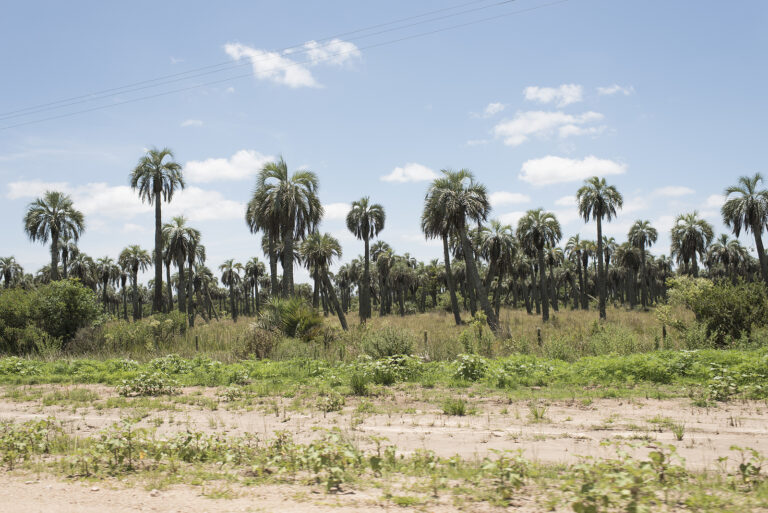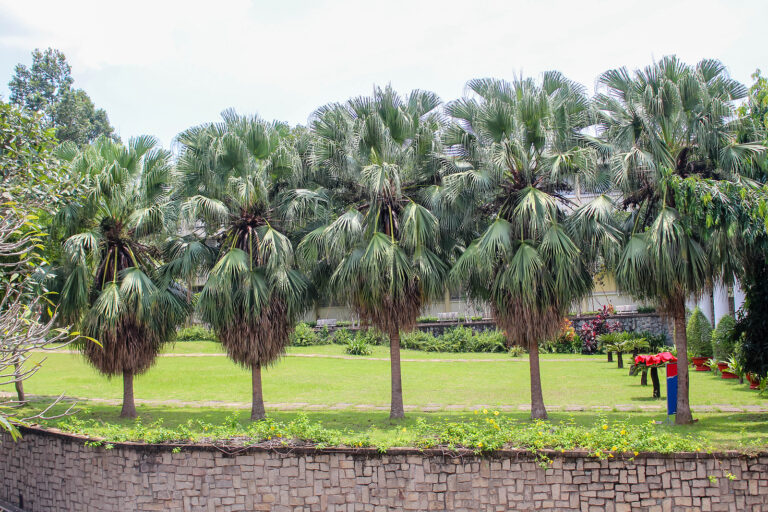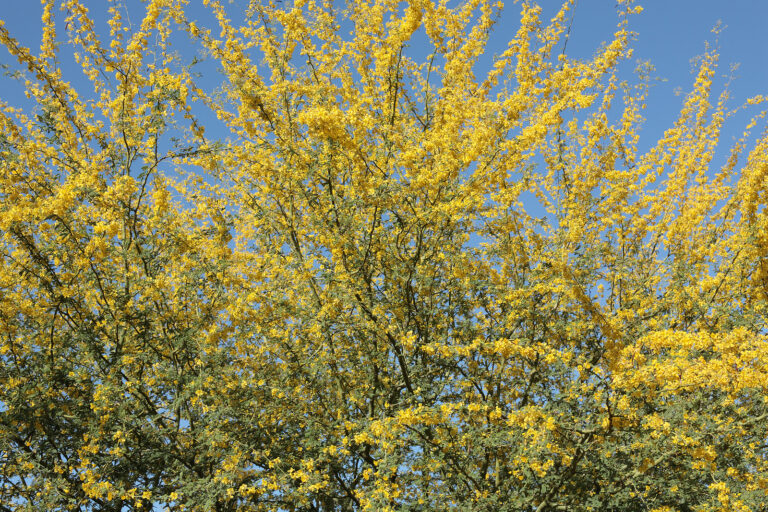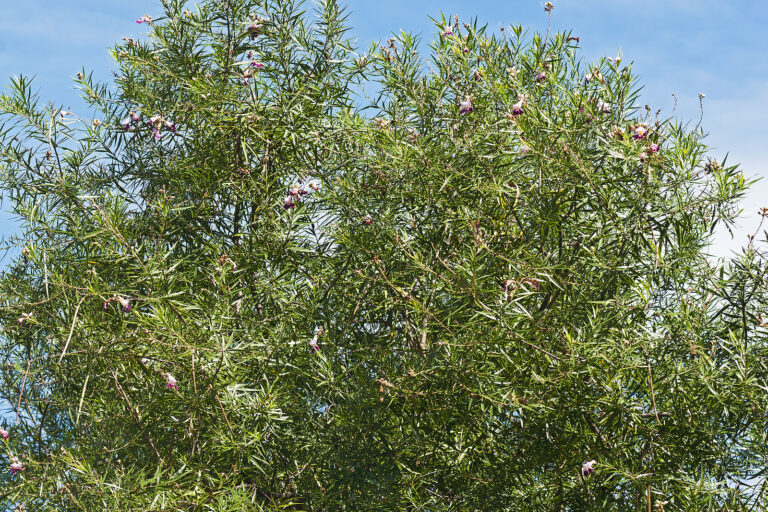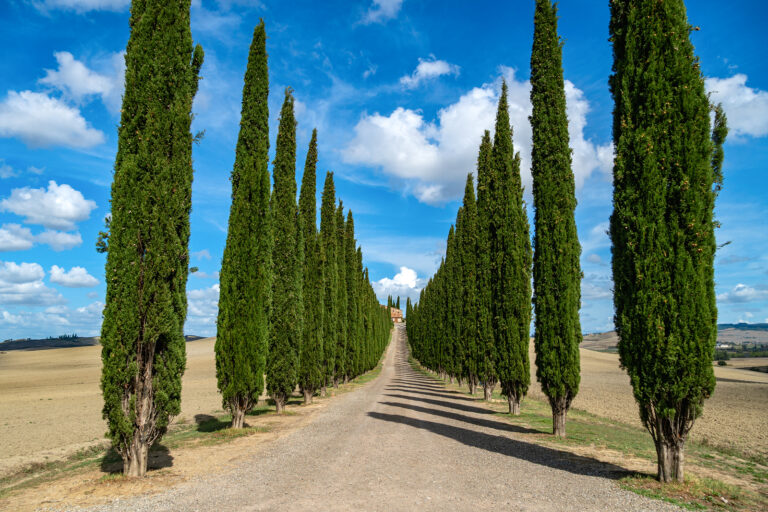How to Grow Date Palm — Phoenix
Phoenix–commonly called date palm–is a genus of subtropical palms; some grow to 100 feet (30m) tall others grow to just 8 feet tall and can be grown indoors as house plants. All have feathery leaves and trunks patterned with the bases of old leafstalks. Female trees bear cream to yellow-colored blossoms followed by clusters of…


